
CATEGORIES:
BiologyChemistryConstructionCultureEcologyEconomyElectronicsFinanceGeographyHistoryInformaticsLawMathematicsMechanicsMedicineOtherPedagogyPhilosophyPhysicsPolicyPsychologySociologySportTourism
The business cycle
Expansion and contraction
All market economies have periods when consumption - spending on goods and services - rises. Consumers buy more, companies invest more, and production, income, profits and employment increase. These periods are always followed by periods when spending and investment fall, and unemployment rises. This is the business cycle.
A period during which economic activity increases and the economy is expanding is an upturn or upswing. If it lasts a long time it is called a boom. The highest point of the business cycle is a peak, which is followed by a downturn, during which the amount of economic activity decreases. If the economy keeps contracting for more than six months, the downswing is called a recession. A serious, long-lasting recession is called a depression or a slump. The lowest point of the business cycle is a trough, which is followed by a recovery, when economic activity increases again, and a new cycle begins.
Note: A downturn is also called a downswing or a period of contraction; a recovery is also called upturn, an upswing or a period of expansion.
Fiscal policy
Governments and central banks use fiscal policy, which involves changing the levels of government expenditure and taxation to try to limit the extent of the business cycle.
If an economy is moving into a recession, the government might have a reflationary fiscal policy. This means trying to stimulate the economy by increasing government spending, or by cutting levels of direct or indirect tax so that individuals and companies have more money to spend.
If an economy is overheating - expanding too quickly - it means that industry is working at full capacity and producing as much as it possibly can. Because demand is greater than supply, leading to rising prices and inflation, the government might have a deflationary fiscal policy. This means trying to cool down the economy: reducing the amount of economic activity by raising tax rates or cutting government expenditure. This reduces the level of demand in the economy and helps to reduce inflation.
Monetary policy
Governments or central banks can also use monetary policy - changing interest rates and the level of the money supply - to influence the level of economic activity. (See Unit 27) They can boost or increase economic activity if the economy is in a downturn by reducing interest rates and allowing the rate of growth of the money supply to increase. Alternatively, if the economy is growing too fast and causing inflation, they can slow it down by increasing interest rates and reducing the rate of growth of the money supply.
The main reason for having an independent central bank (see Unit 23) is to prevent governments from creating a political business cycle - a cycle that will be at a high point at the time of the next election. Governments can do this by beginning their periods of office with a couple of years of policies designed to stop the economy from growing, followed by tax cuts and monetary expansion in the two years before the next election. This policy, sometimes called boom and bust, helps the government get re-elected but is not good for economic stability. An independent central bank makes this less likely to happen.
48.1
Label the graph with words from the box. Look at A opposite to help you.
trough
peak
boom
recession
recovery
downswing
48.2 Match the two parts of the sentences. Look at B and C opposite to help you
1 if the government thinks the economy is contracting too much,
2 Fiscal policy involves
3 If there isn't an independent central bank, governments can
4 If the government thinks the economy is growing too quickly,
5 Monetary policy involves
a interest rates and the money supply, b it can raise tax rates and cut its expenditure, c manipulate the business cycle to their own advantage, d it can cut taxes and increase its spending, e taxation and government spending.
48.3 Find verbs in A and B opposite with the following meanings.
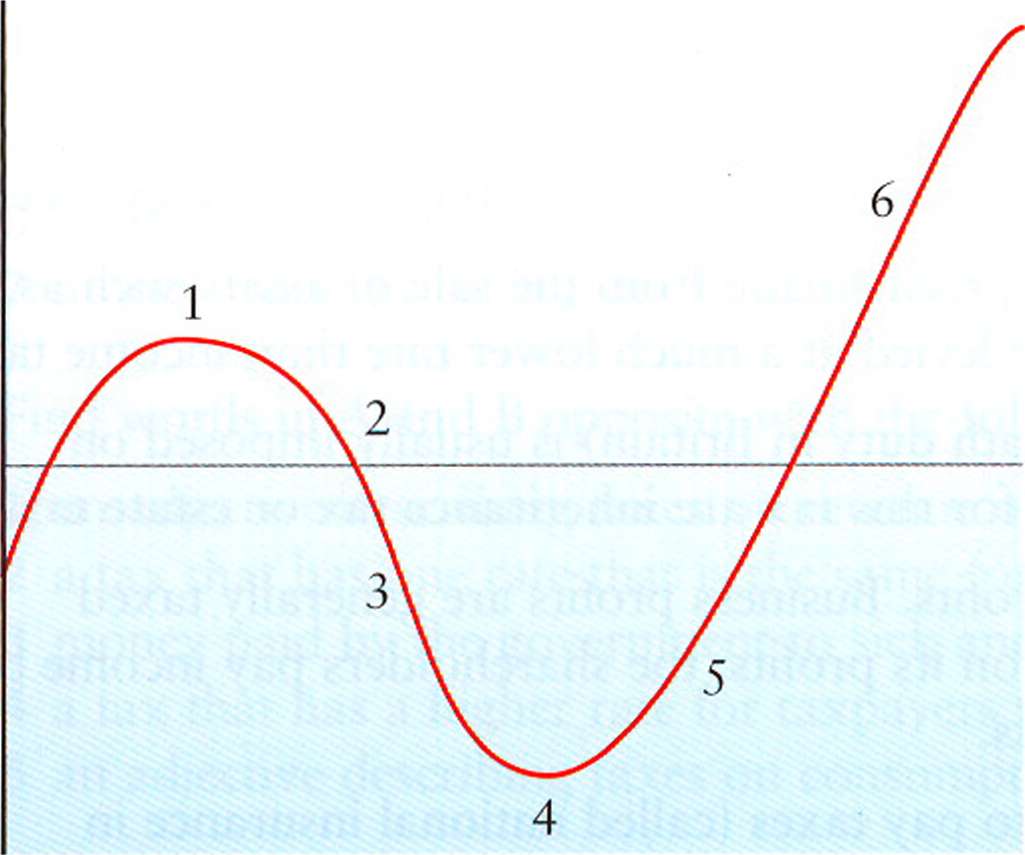
to get bigger or make bigger to get smaller or make smaller
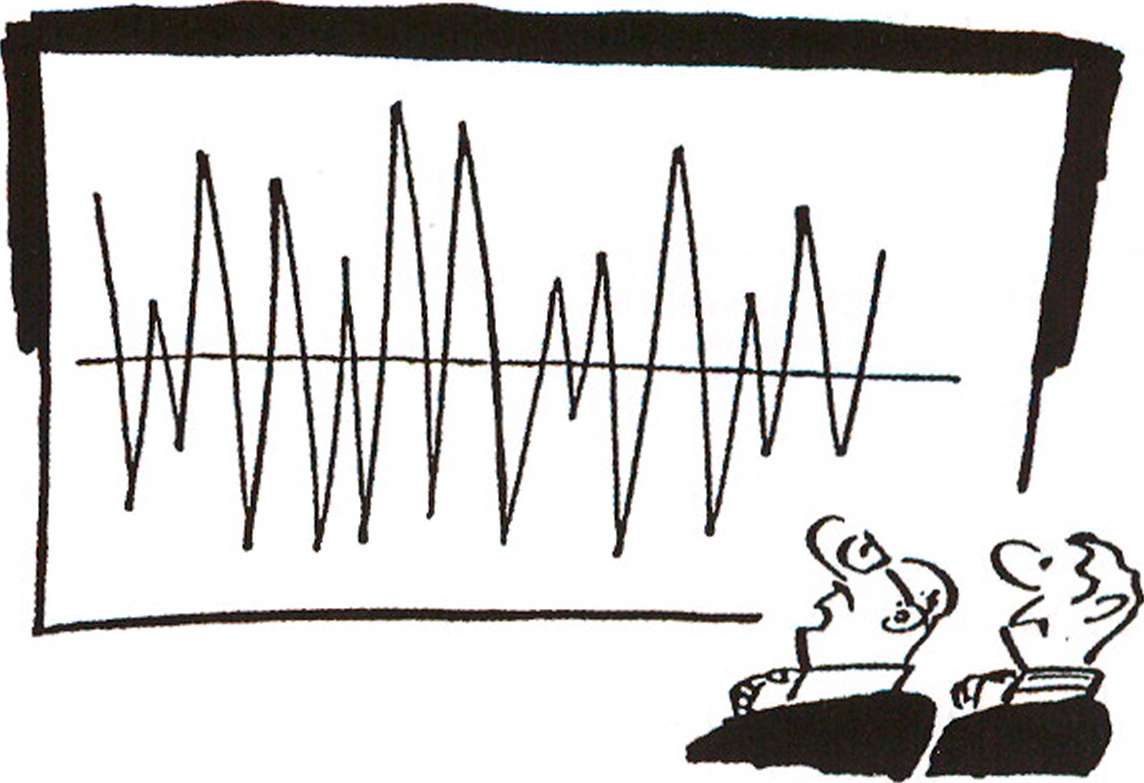
" 15
've learnt not to worry."

Ov&r +o ipu
Has the economy in your country expanded or contracted over the past three years? What do most economists think were the causes of these changes?
Taxation
Direct taxes
Governments finance most of their expenditure by taxation. If they spend more than they levy or charge in taxes, they have to borrow money.
Direct taxes are collected by the government from the income of individuals and businesses.
■ Individuals pay income tax on their wages or salaries, and most other money they receive.
■ Most countries have a capital gains tax on profits made from the sale of assets such as stocks or shares. This is usually imposed or levied at a much lower rate than income tax.
■ A capital transfer tax (commonly called death duty in Britain) is usually imposed on inherited money or property. Other names for this tax are inheritance tax or estate tax.
■ Companies pay corporation tax on their profits. Business profits are generally taxed twicc, because after the company pays tax on its profits, the shareholders pay income tax on any dividends received from these profits.
■ Companies and their employees also have to pay taxes (called national insurance in Britain) which the government uses to finance social security spending - unemployment pay, sick pay, etc.

Indirect taxes
Indirect taxes are levied on the production or sale of goods and services. They are included in the price paid by the final purchaser.
■ In most European countries, companies pay VAT or value-added tax, which is levied at each stage of production, based on the value added to the product at that stage. The whole amount is added to the final price paid by the consumer. In Canada, Australia, New Zealand and Singapore, this tax is called goods and services tax or GST.
■ In the USA, there are sales taxes, collected by retailers, levied on the retail price of goods.
■ Governments also levy excise taxes or excise duties - additional sales taxes on commodities like tobacco products, alcoholic drinks and petrol.
■ Special taxes, called tariffs, are often charged on goods imported from abroad. (See Unit 43)
Income tax for individuals is usually progressive: people with higher incomes pay a higher rate of tax (and therefore a higher percentage of their income) than people with lower incomes. Indirect taxes such as sales tax and VAT are called proportional taxes, imposed at a fixed rate. But indirect taxes are actually regressive: people with a low income pay a proportionally greater part of their income than people with a high income.

Non-payment of tax
To reduce the amount of income tax that employees have to pay, some employers give their staff advantages instead of taxable money, called perks, such as company cars and free health insurance.
Multinational companies often register their head offices in tax havens - small countries where income taxes for foreign companies are low, such as Liechtenstein, Monaco, the Cayman Islands, and the Bahamas.
Using legal methods to minimize your tax burden - the amount of tax you have to pay - is called tax avoidance. This often involves using loopholes - ways of getting around the law, because of an error or a technicality in the law itself. Using illegal methods - such as not declaring your income, or reporting it inaccurately - is called tax evasion, and can lead to big penalties.
♦9.1 What are the standard names for the tax or taxes paid on the following? Look at A and B opposite to help you.
1 alcoholic drinks and tobacco products
2 company profits
3 goods bought in stores
4 money received from relatives after their death
5 salaries and wages
6 goods made in other countries
7 money made by selling stocks at a profit
49.2 Find words in A and B opposite with the following meanings.
1 an adjective describing taxes on revenue or income
2 a tax that has one rate that is the same for everybody
3 money paid by the government to sick and unemployed people
4 a tax that has a higher rate for taxpayers with a higher income
5 an adjective describing taxes on consumption or spending
49.3 Are the following statements true or false? Find reasons for your answers in A, B and C opposite.
1 Capital gains are generally taxed at a higher rate than income.
2 The same sum of money can be taxed more than once.
3 Sales taxes can be both proportional and progressive at the same time.
4 Excise duties are extra sales taxes on selected products.
5 Many international companies have their registered headquarters in small countries where they do only a small proportion of their business.
6 Employees will generally pay less tax if their employer reduces their salary a little and provides them with a car.
7 Tax avoidance is illegal.
8 Perks and loopholes are forms of tax evasion.
49.4 Find five verbs in A and B opposite that can be used to make word combinations with ctax\
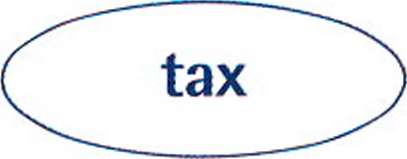
*to upu ^p^^bmimmbbbmbhmbbbb
In your country, what percentage of national income goes to the government as tax? Do you know how this compares with other countries?
Business plans
Market opportunities
If you have a brilliant idea for a new product or service, or a better or cheaper way of supplying an existing product or service, you will probably require finance: money to start up a company to take this market opportunity, or to expand an existing company. If you want to interest venture capitalists (see Unit 28) in your project, you will have to write a business plan.
Business plans begin with a summary, often called an Executive Summary, which explains in one or two pages:
■ what sort of company it is
■ what the product or service is, and what is special about it
■ who the managers are
■ how much money you need, and what you will use it for.
The company, the product and the market
If the company already exists, the first chapter of the business plan explains how it was started and how it has grown, and gives a history of sales and profits. It describes the company today, and the plans for the future.
The second chapter describes what you already sell or want to sell. It explains what differentiates the product or service from other existing ones - what makes it different or unique. It focuses 011 the benefits or advantages for customers - how it will improve people's lives!
The chapter 011 the market describes the industry you operate in, the market segments, the other firms in the market (your competitors), changes in the industry, and projected trends - forecasts for the future - and technological opportunities. It outlines what the customers need, where they are, and how you plan to reach them. It explains how you will make sure that customers know about your product or service and why they will prefer it to the competition. It gives details of your marketing strategy, including sales tactics - the ways you plan to achieve sales, advertising, publicity and sales promotions - incentives to encourage customers to buy.
The chapter on the management team gives details about the most important staff. The chapter on strategy outlines your strategies for marketing, pricing, distribution, sales, etc., and how you are going to implement them or carry them out.
The financial analysis



The financial analysis gives details of the historical performance, if it is an existing company, and describes existing finance and assets. It explains why the business needs funds, and gives sales forecasts (the sales the business expects to achieve in a particular period of time), projected or expected financial statements (profit and loss account, cash flow statement, and balance sheet), and projections for future income. It will probably include a breakeven analysis, and an analysis of financial ratios.
Various appendices can come at the end of the business plan, including the curriculum vitae (CV) of each top manager and promotional materials for your products.
BrE: curriculum vitae; AmE: résumé
50.1 Make word combinations using a word from each box. Then use the word combinations to complete the sentences below. Look at A and B opposite to help you.
customers finance services strategies
implement reach require supply
1 Are you sure you can..................... these more efficiently than your competitors?
2 This business plan gives details of the we , and what we're going to
do with it.
3 We'll hire two experienced managers to help us our........................................................................
4 We're convinced our innovative advertising will allow us to our potential
50.2 Complete the sentences. Look at A, B and C opposite to help you.
We're convinced this is a great................................................................................. : people will really want what we
plan to offer.


The product is..................... : there's absolutely nothing else like it on the market.
Our......................................... is essentially to advertise a lot and sell at a very low price,
The advertising will stress the..................... the consumers will get from the
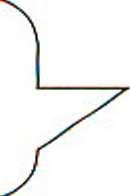
how it will save them time and money.
We'll also use a few.......................................... , such as giving away free samples or

product -
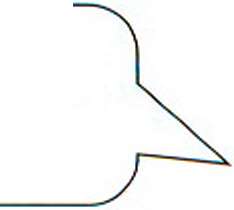
offering discounts.
50.3
Use the words below to make word combinations with 'market' that have appeared in this book. Then sort the word combinations: which are concerned with finance and which with marketing?
bear capitalization currency equity
maker
over-the-counter
secondary
value
stock
skimming
share segment price primary
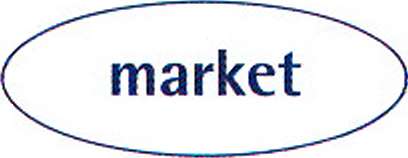
penetration
Ov&r +o ipu

If you were starting up a new company, what product or service would it offer? What would you include in your business plan to try to convince venture capitalists to invest?
Date: 2015-02-28; view: 11653
| <== previous page | | | next page ==> |
| Financing international trade | | | Language reference - market idioms |